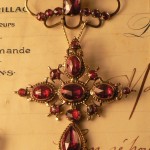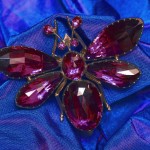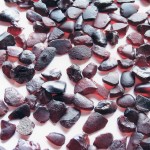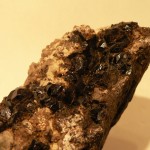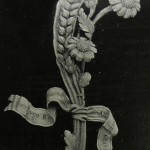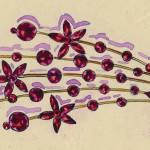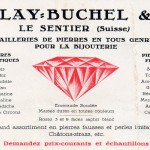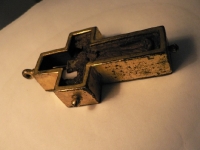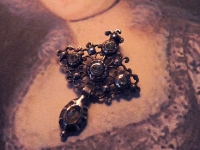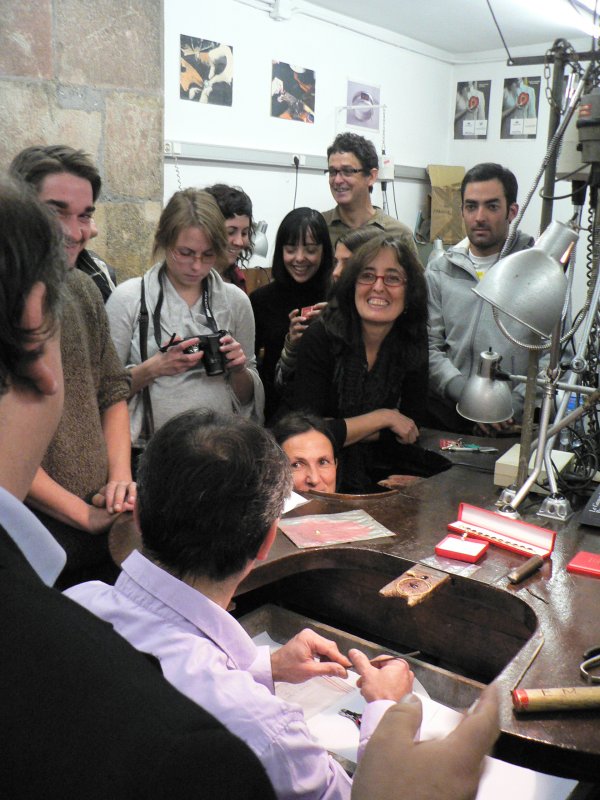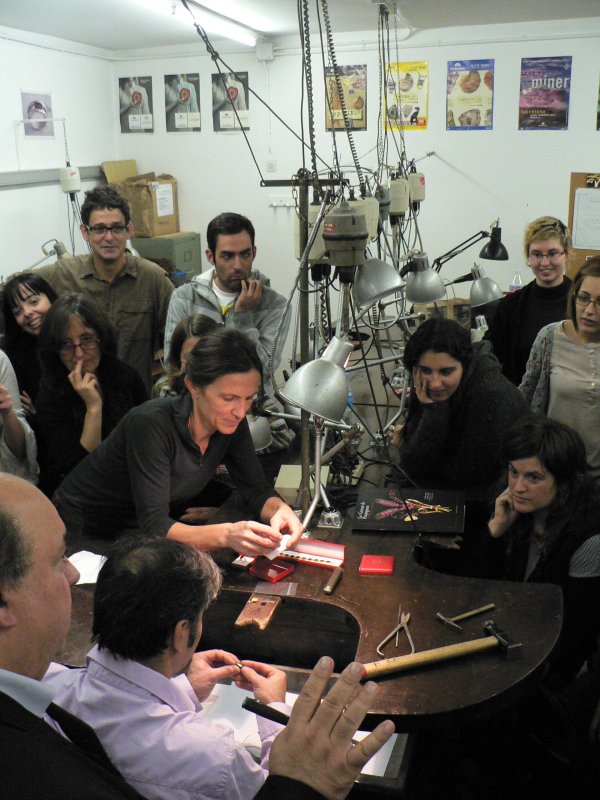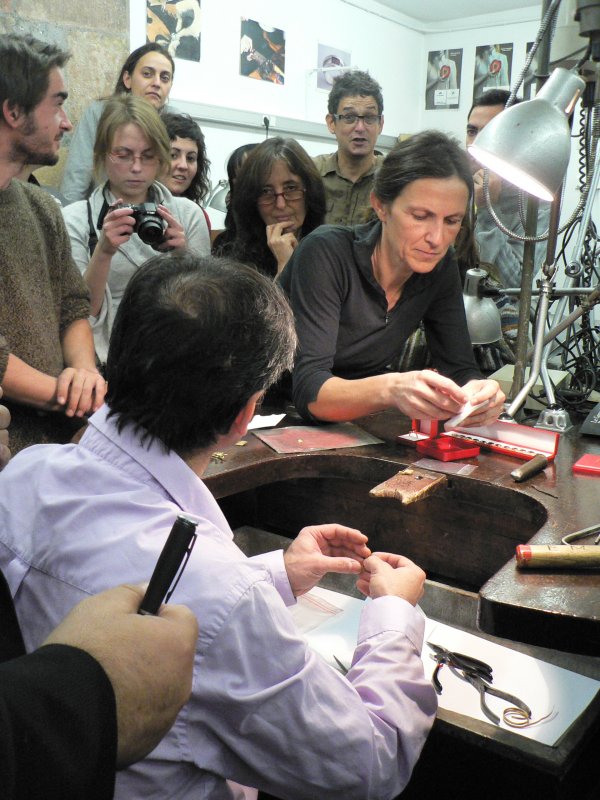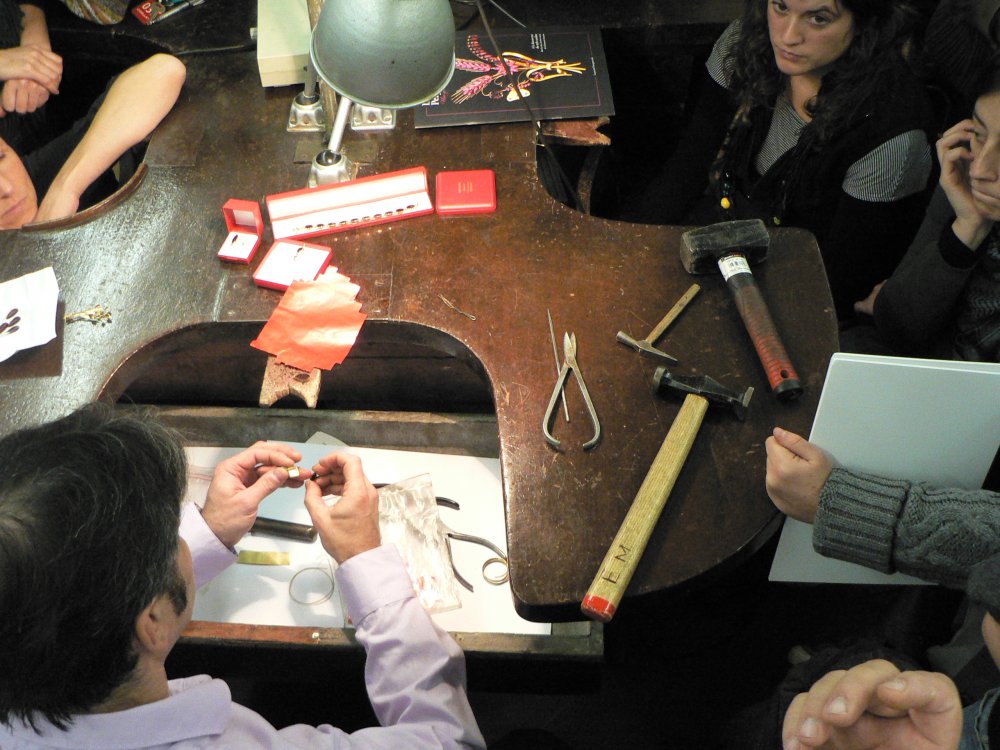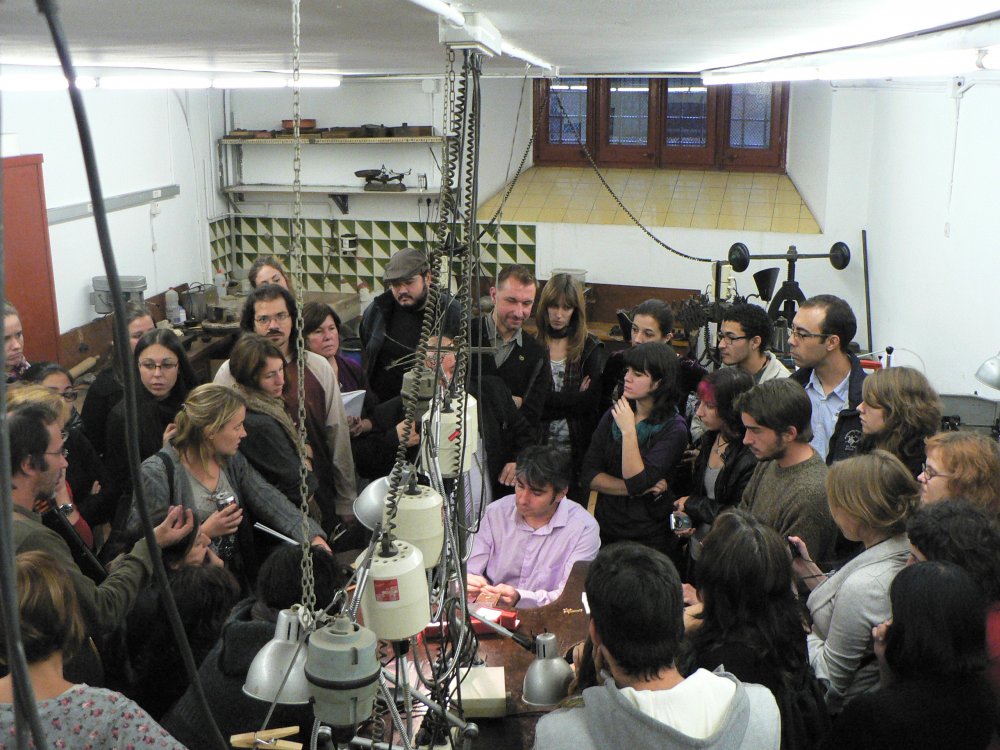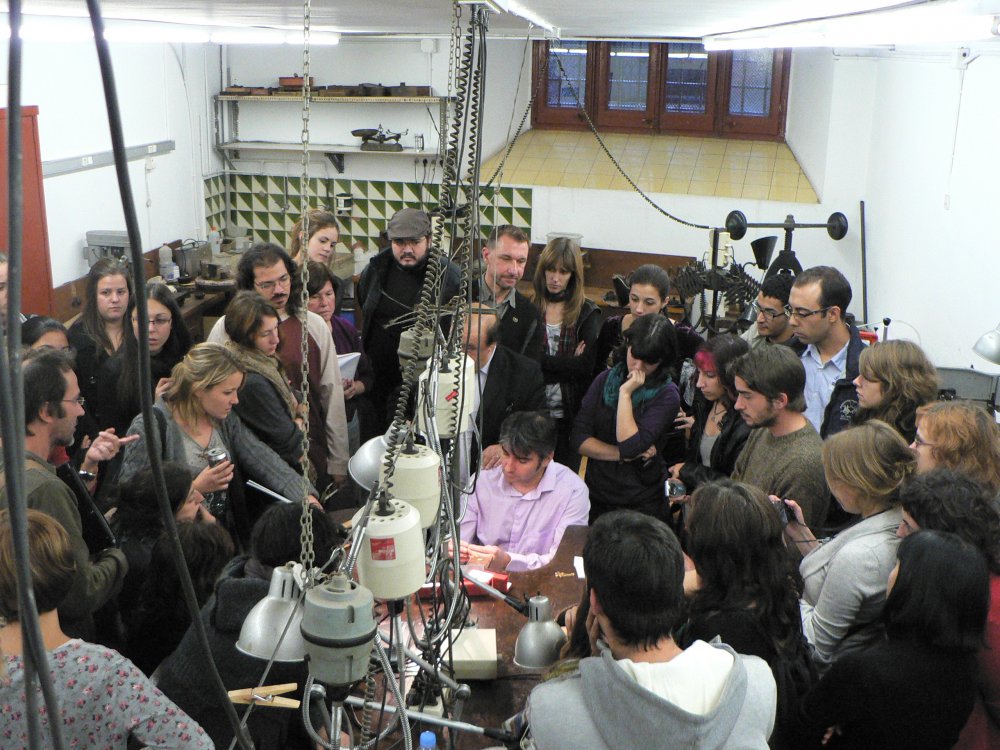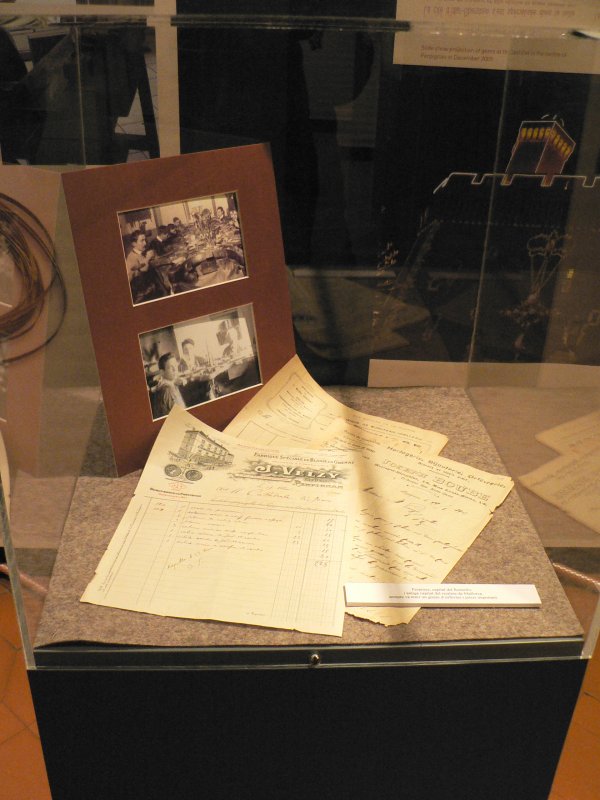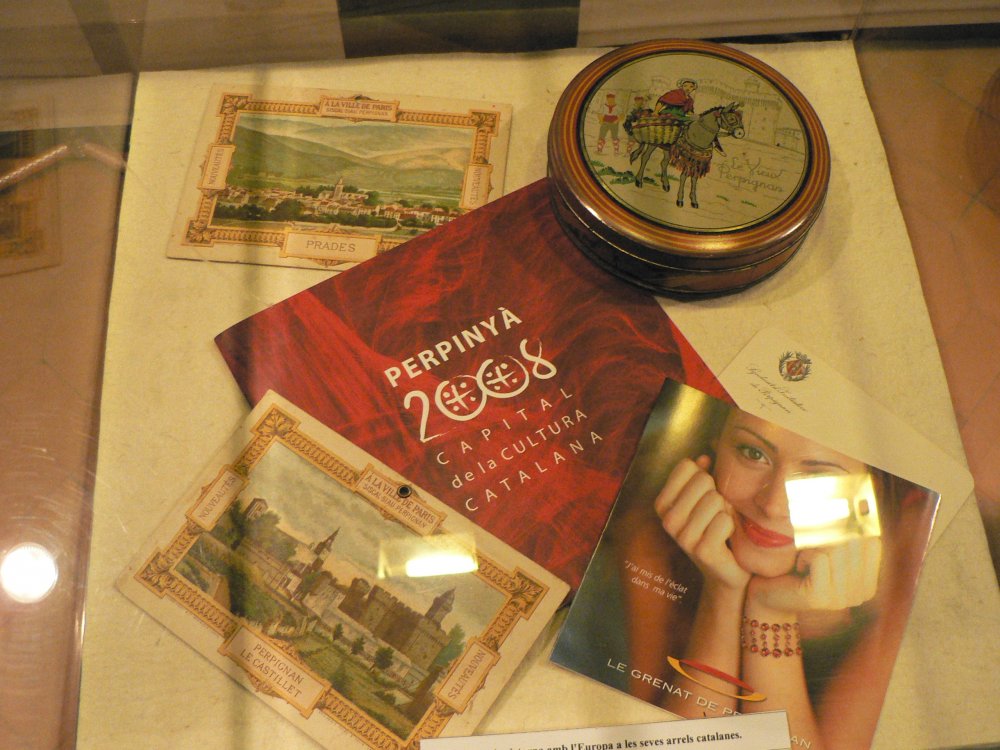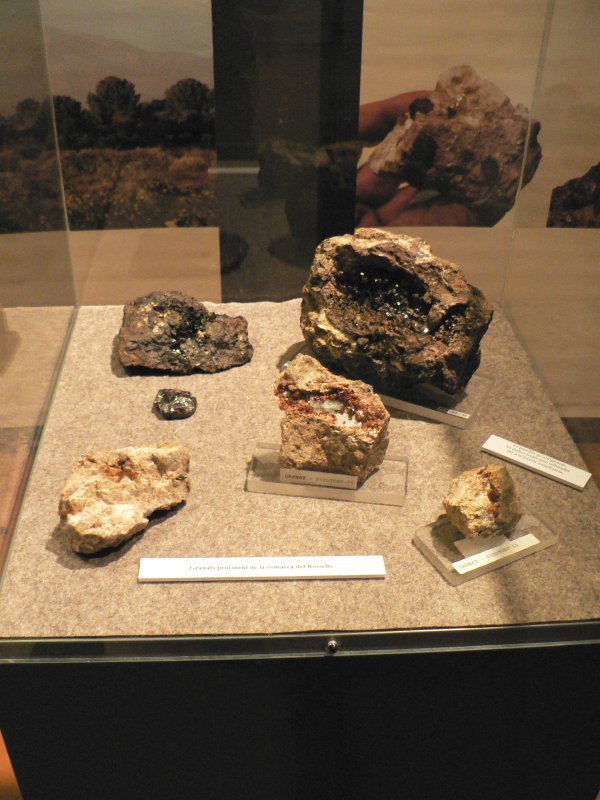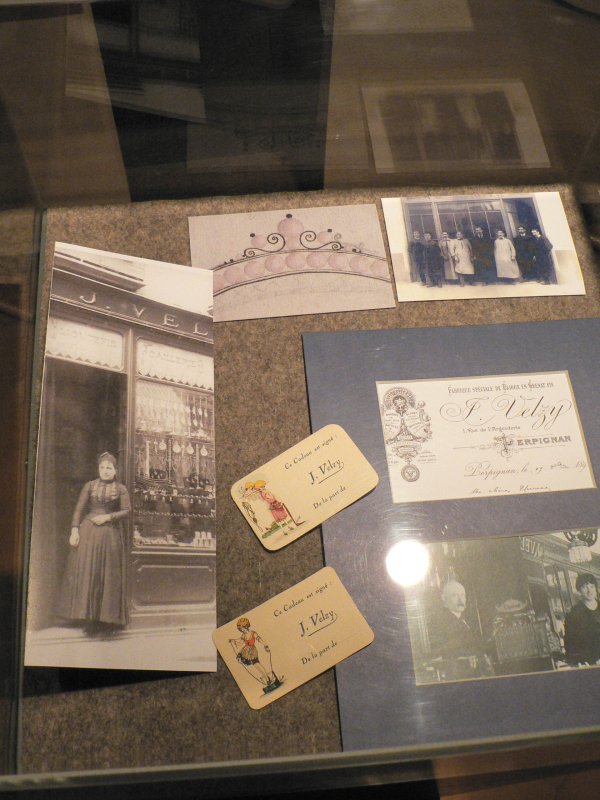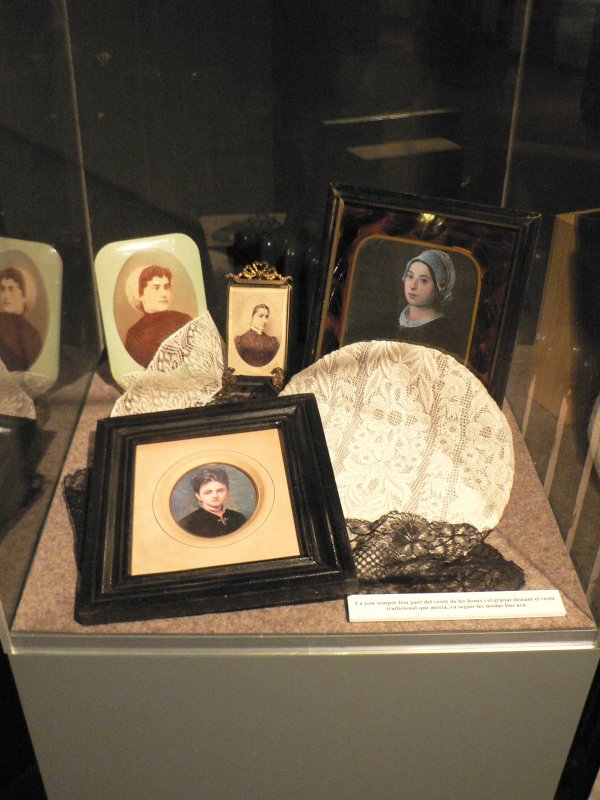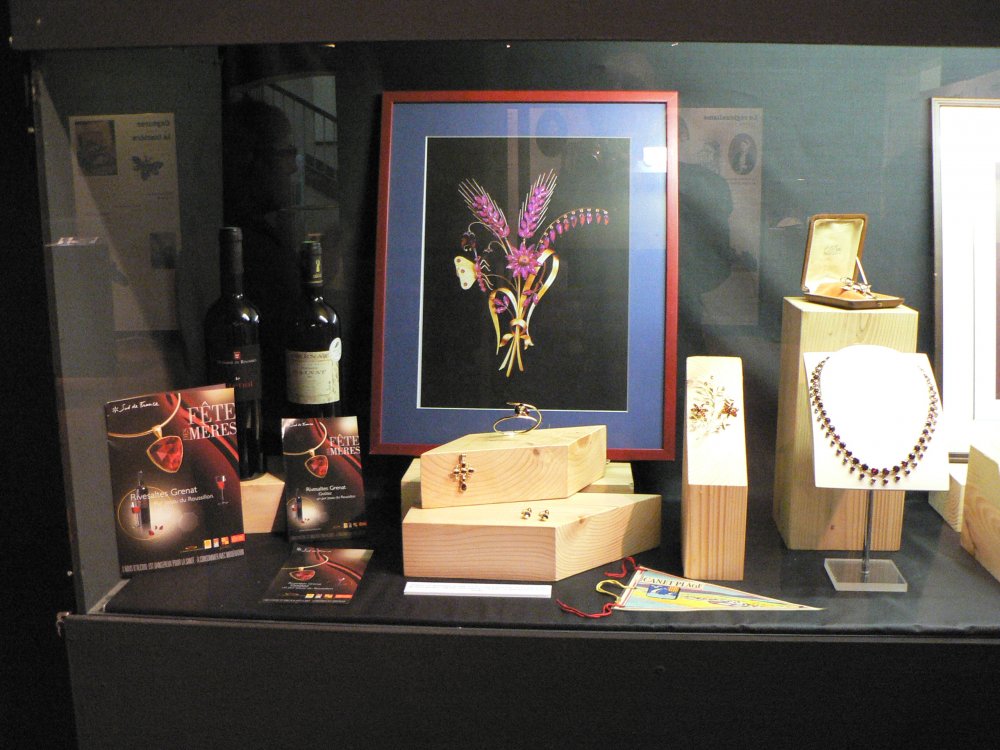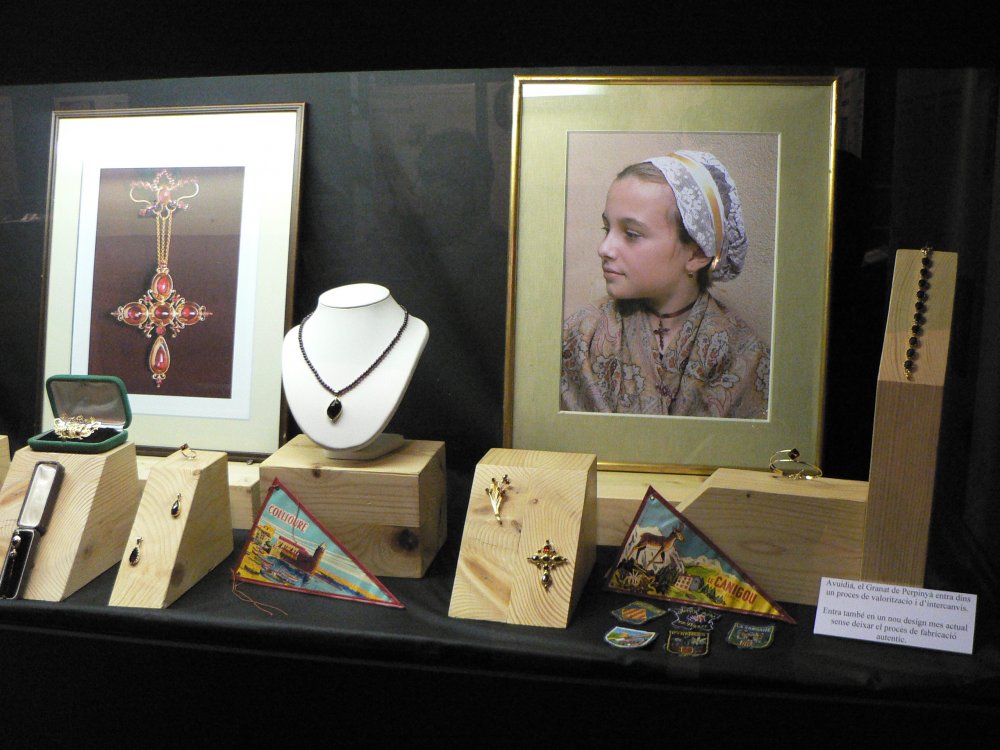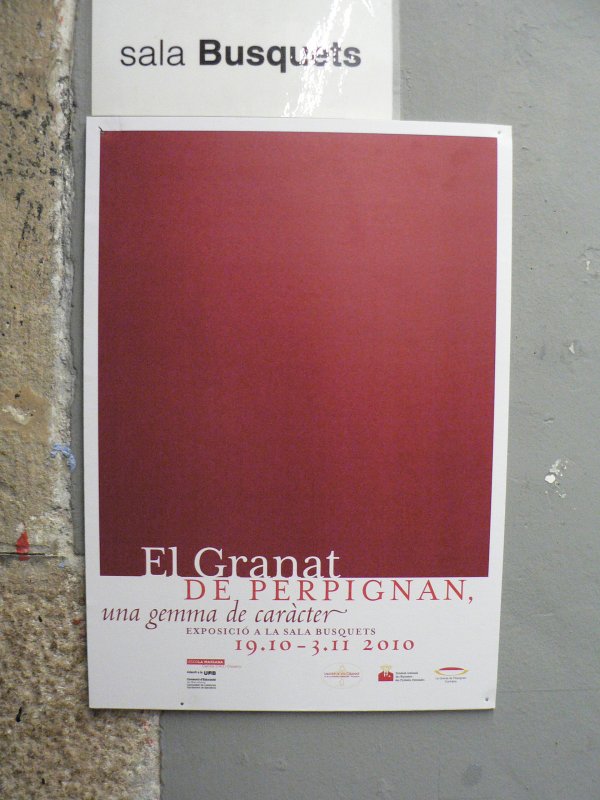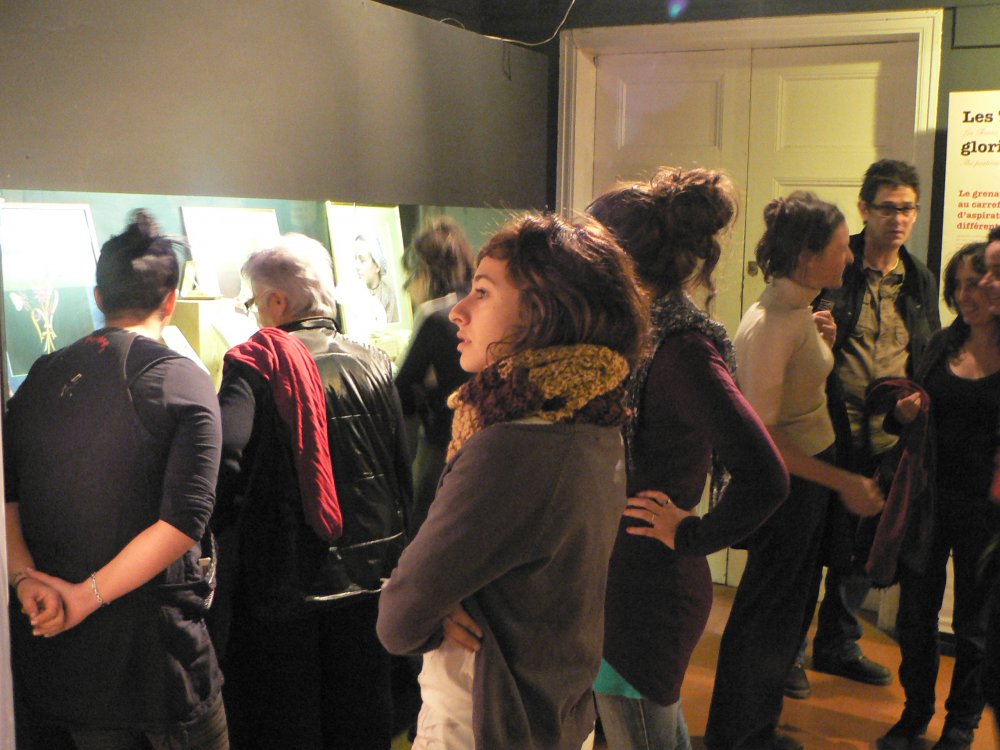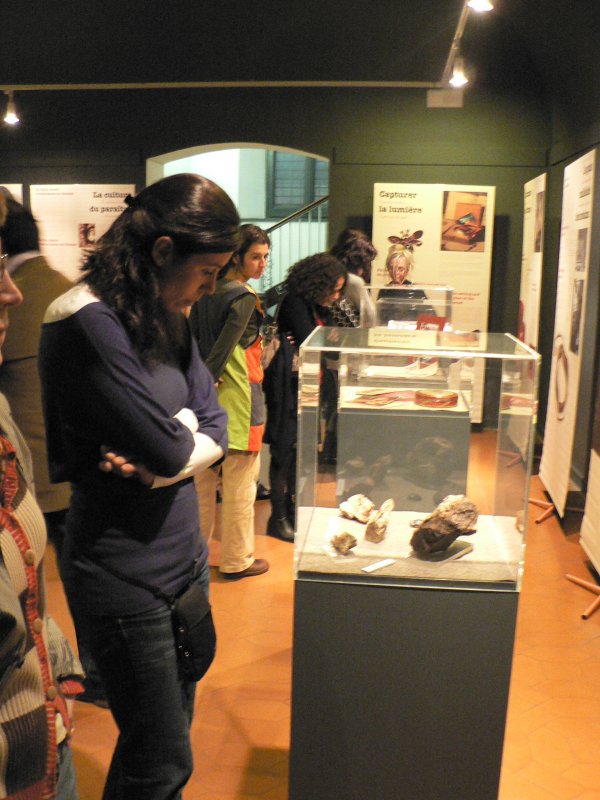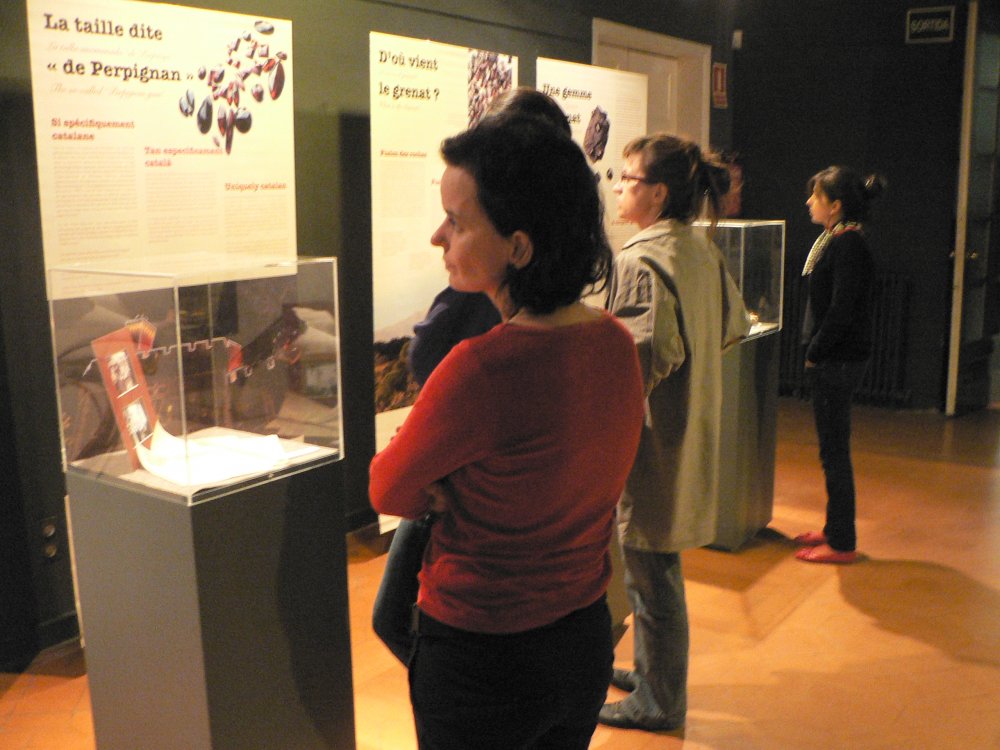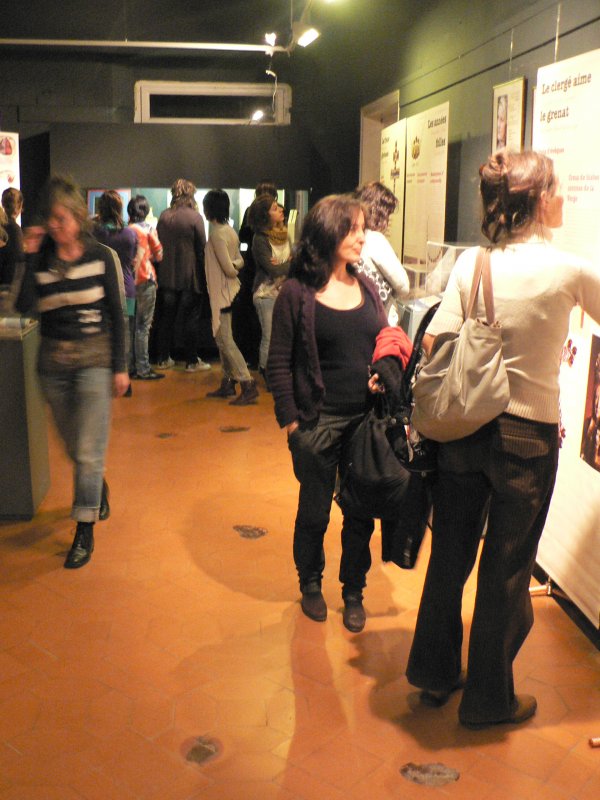Jewelry symbolizes strong feelings: love, friendship, remembrance of a loved one. But in a region of two cultures sometimes Hispanic, sometimes French, whose relationships were always changing, the traditional craft was preserved. These precious objects always have always played a part in the culture of presentation of the Catalan population, proud of its heritage, from one generation to the next. In the first half of the 19th century, with the … Continuer la lecture
Inscription à la newsletter
-

L'Institut du Grenat est une association sous le patronage de l'Union européenne
(LEO04 Leonardo partnerships)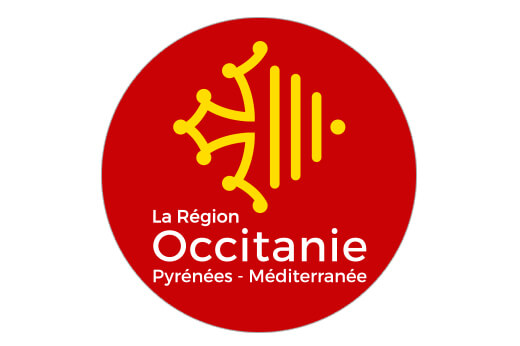
La région Occitanie aide l'Institut du Grenat dans le cadre de l'Inventaire patrimonial.

Convention-cadre de partenariat pour l'exposition "Art et histoire d'un bijou catalan" au palais des rois de Majorque.
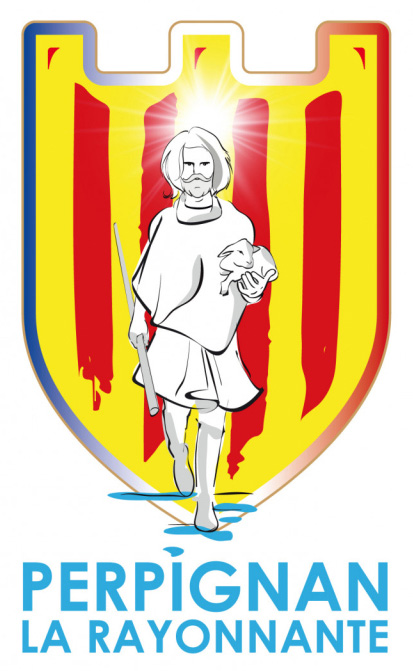
Convention quadripartite pour la Saint Eloi 2023-2025.
Adhérer à notre association
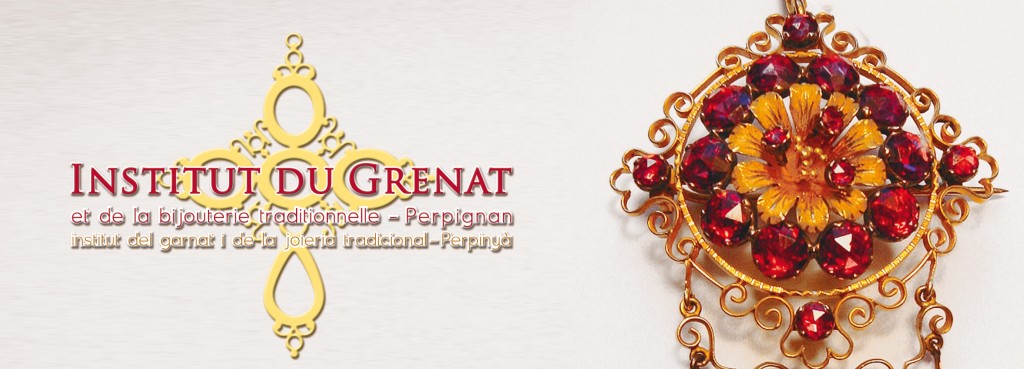
Rejoindre l'Institut du Grenat, c'est rejoindre une association culturelle dynamique qui œuvre à la protection et au rayonnement du savoir-faire des bijoutiers traditionnels catalans en Grenat taille Perpignan.
Commentaires récents
- Laurent Fonquernie dans Regard sur la mode masculine du Second-Empire à travers l’album de Charles Donnezan.
- Lardeux dans Regard sur la mode masculine du Second-Empire à travers l’album de Charles Donnezan.
- Oscar dans Chocolatière en argent, Perpignan, deuxième quart du XVIIIe siècle, modèle tripode de forme balustre.
- Oscar dans Verseuse tripode, Perpignan, XVIIIe s.
- LEUNENS Daniel dans Femme en costume traditionnel de Boulogne sur Mer
Archives
- juillet 2025
- juin 2025
- mai 2025
- avril 2025
- mars 2025
- février 2025
- janvier 2025
- décembre 2024
- novembre 2024
- octobre 2024
- septembre 2024
- août 2024
- juillet 2024
- juin 2024
- mai 2024
- mars 2024
- février 2024
- janvier 2024
- décembre 2023
- novembre 2023
- octobre 2023
- septembre 2023
- août 2023
- juillet 2023
- juin 2023
- mai 2023
- avril 2023
- mars 2023
- février 2023
- janvier 2023
- décembre 2022
- novembre 2022
- octobre 2022
- septembre 2022
- juillet 2022
- juin 2022
- mai 2022
- avril 2022
- mars 2022
- février 2022
- janvier 2022
- décembre 2021
- novembre 2021
- octobre 2021
- septembre 2021
- juillet 2021
- juin 2021
- mars 2021
- février 2021
- janvier 2021
- décembre 2020
- novembre 2020
- octobre 2020
- septembre 2020
- août 2020
- juillet 2020
- juin 2020
- mai 2020
- avril 2020
- mars 2020
- février 2020
- janvier 2020
- décembre 2019
- novembre 2019
- octobre 2019
- septembre 2019
- août 2019
- juillet 2019
- juin 2019
- mai 2019
- avril 2019
- mars 2019
- février 2019
- janvier 2019
- décembre 2018
- novembre 2018
- octobre 2018
- septembre 2018
- août 2018
- juillet 2018
- mai 2018
- avril 2018
- mars 2018
- février 2018
- janvier 2018
- décembre 2017
- novembre 2017
- octobre 2017
- septembre 2017
- août 2017
- juillet 2017
- juin 2017
- mai 2017
- avril 2017
- mars 2017
- février 2017
- janvier 2017
- décembre 2016
- novembre 2016
- octobre 2016
- septembre 2016
- août 2016
- juillet 2016
- juin 2016
- mai 2016
- avril 2016
- mars 2016
- février 2016
- janvier 2016
- décembre 2015
- novembre 2015
- octobre 2015
- septembre 2015
- août 2015
- juillet 2015
- juin 2015
- mai 2015
- avril 2015
- mars 2015
- février 2015
- janvier 2015
- décembre 2014
- novembre 2014
- octobre 2014
- septembre 2014
- août 2014
- juillet 2014
- juin 2014
- mai 2014
- avril 2014
- mars 2014
- février 2014
- janvier 2014
- décembre 2013
- novembre 2013
- octobre 2013
- septembre 2013
- août 2013
- juillet 2013
- juin 2013
- mai 2013
- avril 2013
- mars 2013
- février 2013
- janvier 2013
- décembre 2012
- novembre 2012
- octobre 2012
- septembre 2012
- août 2012
- juillet 2012
- juin 2012
- mai 2012
- avril 2012
- mars 2012
- février 2012
- janvier 2012
- décembre 2011
- novembre 2011
- octobre 2011
- septembre 2011
- août 2011
- juillet 2011
- juin 2011
- mai 2011
- avril 2011
- mars 2011
- février 2011
- janvier 2011
- décembre 2010
- novembre 2010
- octobre 2010
Tags
- Antoine Gouzy
- boucles d'oreilles
- broche
- Casa Pairal
- Catalane
- cathédrale de Perpignan
- Charpentier
- confrérie
- consulat
- Corps des orfèvres
- Couronne
- croix
- expositions
- Font-Romeu
- Grenat
- grenat de Perpignan
- Institut du Grenat
- Jules de Carsalade du Pont
- médaillon reliquaire
- offrande
- perpignan
- portrait
- Saint Eloi
- syndicat
- Velzy



